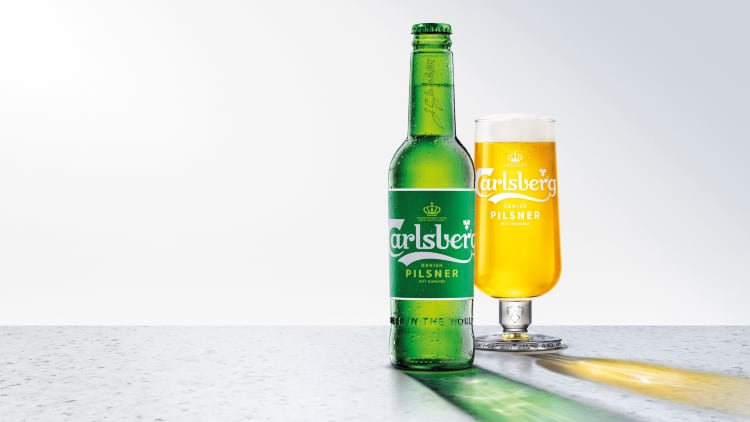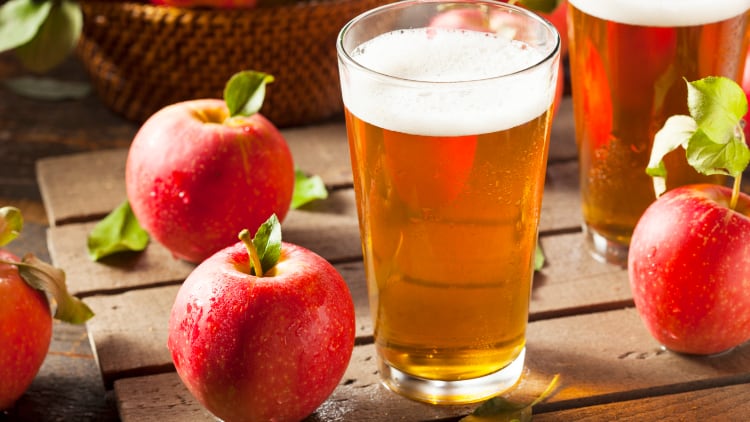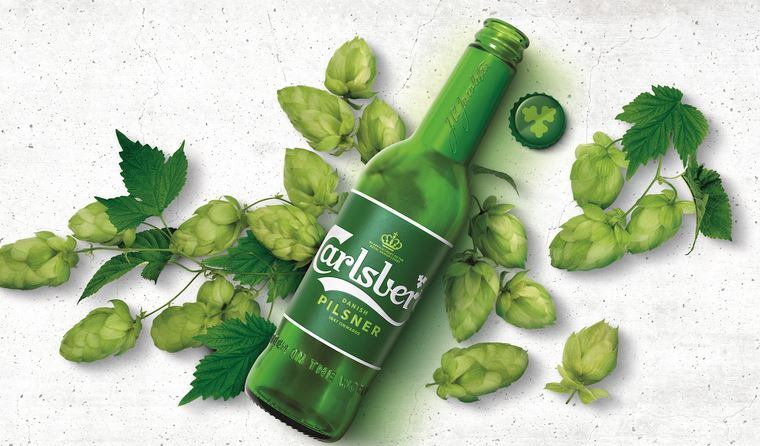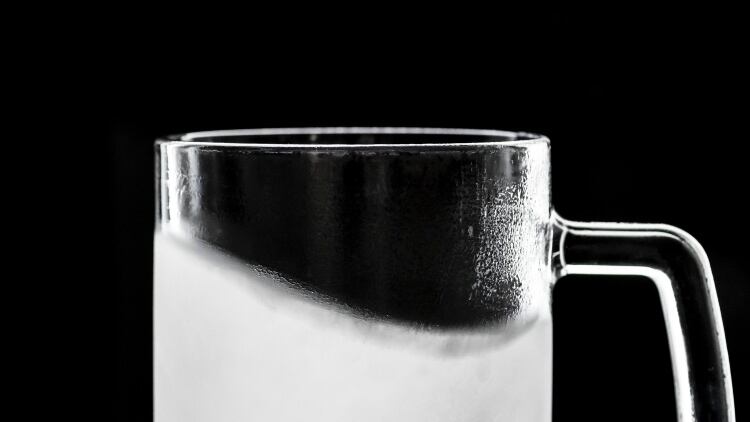For a good few years now, possibly the best compliment I can give anything in the commercial sphere – from architecture to sandwiches to telephone banking – is that it is nicer than it absolutely has to be.
As I observed in my last column, we live in an age when price competition is all, which means everything is pared back to the bone and treated as simply functional, unless we want to splash out and spend loads on the ‘premium’ version of whatever it is we’re buying. And even then, it’s often only as good as it has to be to get away with the tag.
Which is why the relaunch of Carlsberg Pilsner is so extraordinary.
For generations, Carlsberg has been seen as a ‘cooking lager’: cheap and cheerful with the bland tastelessness that’s euphemistically described as ‘easy drinking refreshment.’ If you knew anything at all about beer, you knew that what was sold in the UK as Carlsberg Export was the ‘proper’ Carlsberg, close to the brew sold in Denmark and around the world. The UK was unique in having this cheaper low-strength version, initially launched to appeal to the palates of men (always men) who were more interested in drinking quantity rather than quality.
But the days of mass volume drinking are passing. More and more consumers are looking for something better. Craft beer may still only account for a small portion of the total market, but its presence has redefined what words like ‘premium’ and ‘quality’ mean for any beer. Craft has introduced new standards, new expectations, of what beer can be. Mainstream standard lager had already commoditised itself – now, the rise of craft beer has made it look even cheaper by comparison.
The reactions of the cheap standard lager brands have been interesting. Foster’s simply put the word ‘crafted’ on its cans and, seemingly, kept a straight face while doing so. Carling has just launched a new TV campaign that has got rid of the increasingly desperate gags and replaced them with a loving homage to the brand’s home of Burton-on-Trent and beautiful shots of barley fields: a premium ad for a premium product, in which the word ‘Carling’ – sorry guys – seems self-consciously out of place.
The problem with this approach – borrowing the language or the imagery of craft beer – is that everyone knows it’s still the same old tasteless fizz inside the can. Enough drinkers still enjoy the (lack of) taste in these beers that the risk of alienating them with something more characterful is too great, even if there was the corporate will to invest time and money in improving the beer.
But Carlsberg has taken that risk.
Reformulated product
It’s incredible to hear Liam Newton, vice-president of marketing for Carlsberg UK, openly and freely admit that the brand had ‘lost its way’ and become ‘too focused on quantity rather than quality’. Cheap and cheerful Carlsberg has had money spent on it – not just on fancy new packaging, fonts and branded glassware, which are the price of entry these days – but on the beer itself. Master brewer Bhavya Mandanna has taken the beer apart and completely reformulated it, so that it now tastes like an actual Pilsner rather than of nothing it all. And if that alienates some existing drinkers, that’s a price Carlsberg is openly willing to pay.
Carlsberg Pilsner is exceptionally smooth on the palate. The common reaction is that it drinks more like a 4.2% beer than its actual 3.8% ABV. It’s nice and light, but you can taste the hops – it’s also satisfying. For a beer snob like me there’s not quite enough bitterness for everything to resolve itself at the end, and it kind of tails off. But as a compromise between what traditional standard lager drinkers might expect and what a true lager is supposed to taste like, it works.
You often hear people saying all big corporate brewers are the same. This is not the first time in recent years Carlsberg has disproved this. Some big brewer habits die hard – they won’t reveal which hops are in it, for example, which is the first question any beer geek asks – but Carlsberg has admitted it was just not good enough, and made it nicer than it has to be. And in today’s economy, there’s no higher praise than that.




